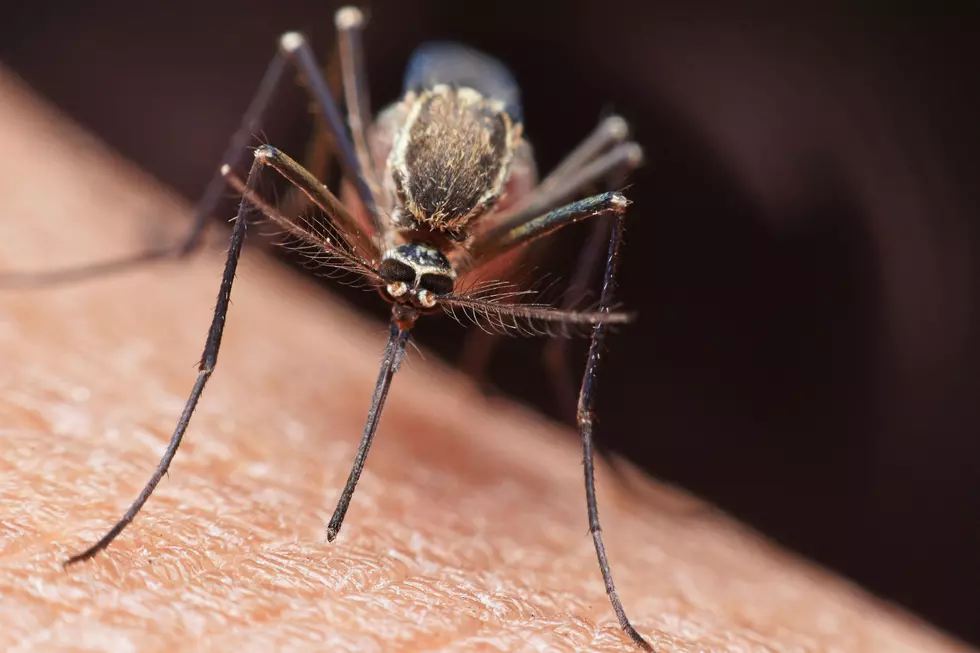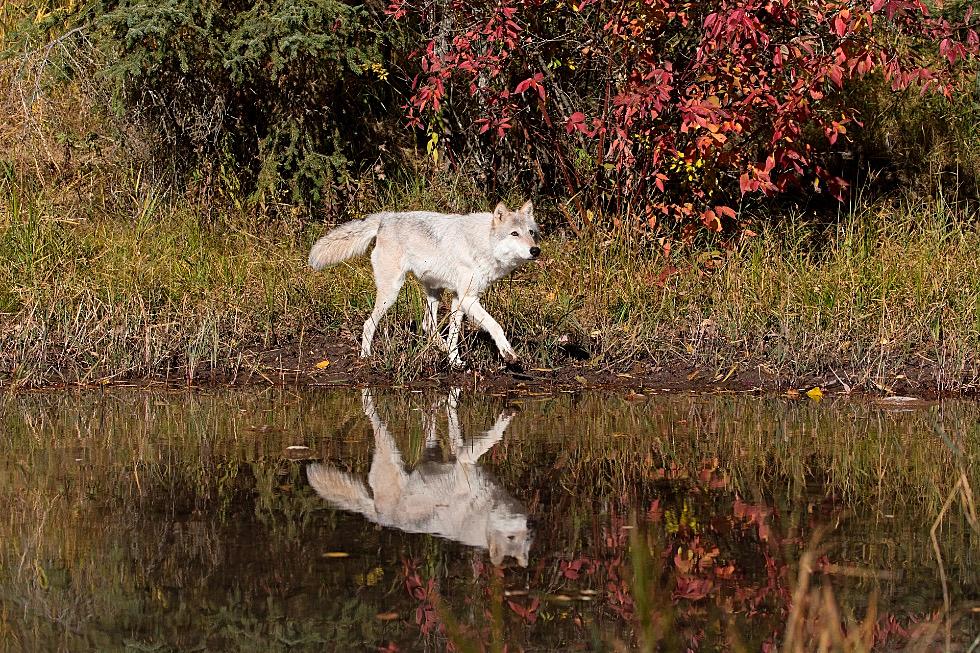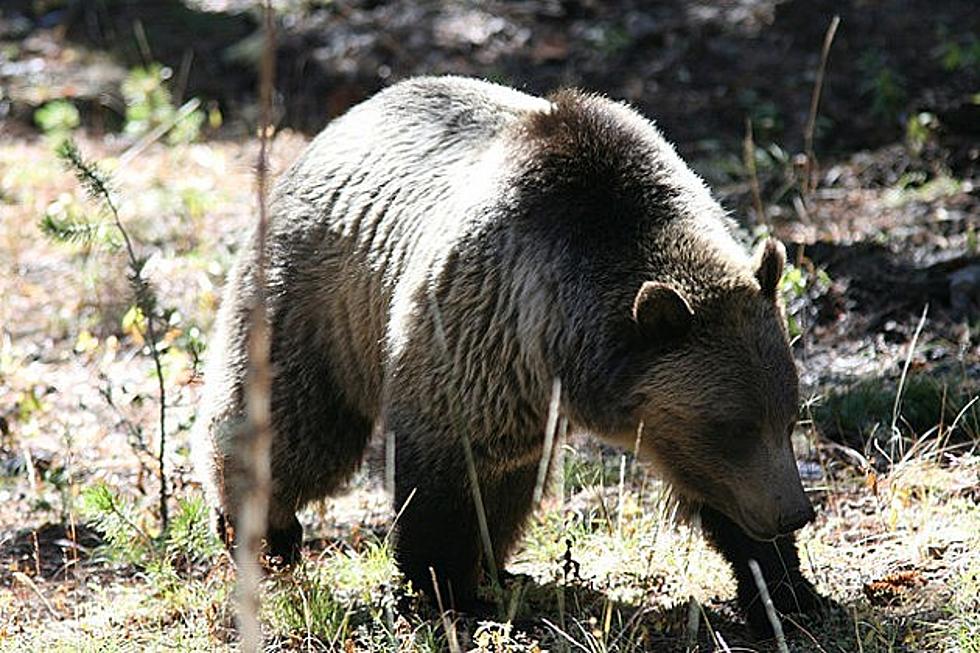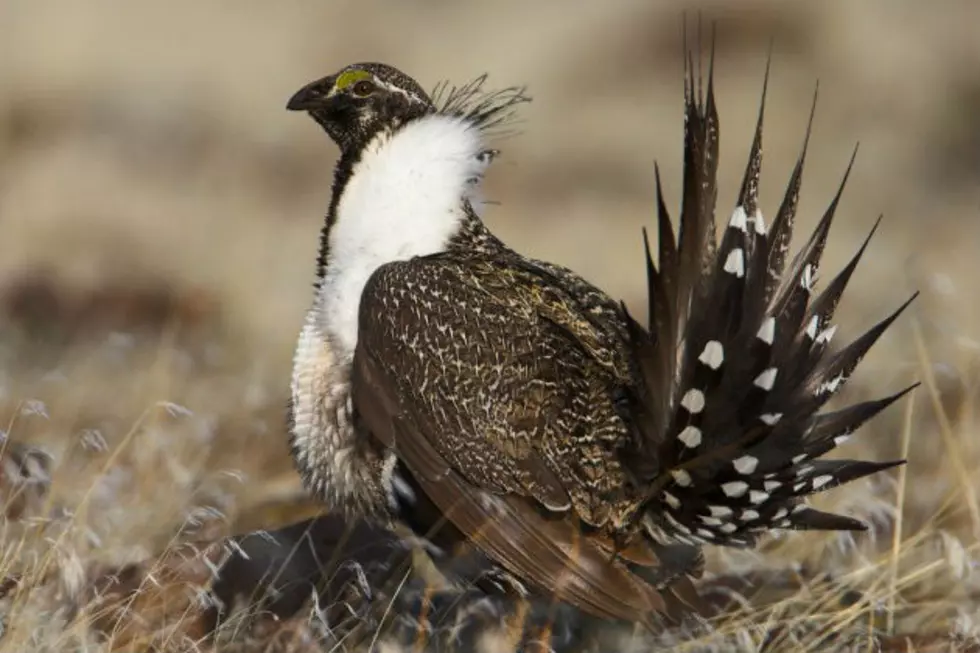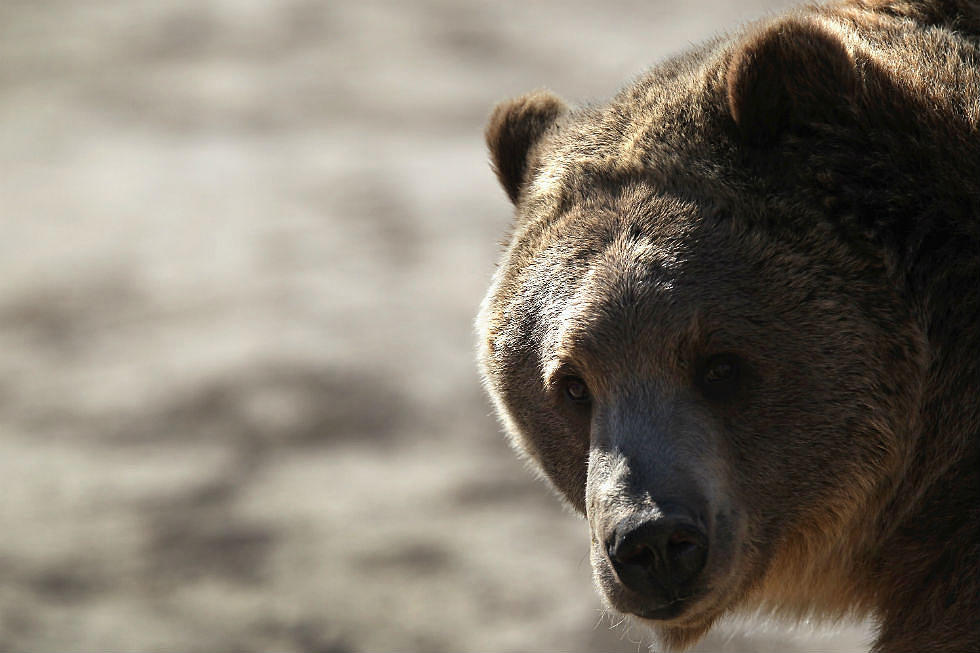
2 Insect Species Classified as Threatened as Glaciers Melt
HELENA, Mont. (AP) — The continued existence of two species of insects is in doubt because climate change is melting away the glaciers and year-round snowfields they depend on, U.S. wildlife officials said Wednesday.
The western glacier stonefly and the meltwater lednian stonefly found in the northern Rocky Mountains will be protected as threatened species under the federal Endangered Species Act. U.S. Fish and Wildlife Service officials said.
“We recognize the fact that this species is not doing well,” agency spokeswoman Jennifer Koches said. “The primary threat to the habitat to both species are climate-change induced.”
The stoneflies’ peril underscores the threat climate change poses to mountaintops worldwide that are “biodiversity hotspots” — home to a rich variety of plants, animals and insects that scientists are still learning about, said Clint Muhlfeld, a research aquatic ecologist for the U.S. Geological Survey.
Muhlfeld, who is based in Montana’s Glacier National Park, led the scientific research that backed the fish and wildlife service’s decision.
“It’s not just about those two species,” he said. “They represent an entire ecosystem we know little about.”
The stoneflies live in high-elevation, cold-water streams fed by glaciers and perennial snowfields in and around Glacier National Park in Montana and Native American tribal lands in western Montana. More recently, western glacier stoneflies were found in streams in Wyoming’s Grand Teton National Park and the Absaroka-Beartooth Wilderness in Montana and Wyoming.
They are mostly found in steep, remote areas that are hard to reach and away from backcountry trails.
Melting glaciers, higher water temperatures and changes in the volume of snowmelt and runoff are harming the habitat they need to survive, federal wildlife officials said. Most glaciers and snowfields in the species’ main location, Glacier National Park, are predicted to disappear by 2030.
The new threatened species classification, which takes effect 30 days from Wednesday, will make federal funding available for conservation efforts meant to aid the insects’ recovery and restore their habitat.
Researchers have said it’s uncertain what measures could be taken to preserve the insects, which are mostly found in national parks that already have strong regulations in place to protect wildlife.
“There’s very little that managers can do at a local level,” Muhlfeld said. “This is a phenomenon that really the (Endangered Species Act) isn’t geared to directly address.”
He said it could lead to calls for more research and monitoring of those high-elevation ecosystems to assess what is left and how to conserve it.
The decision to classify the stoneflies as threatened comes after the Center for Biological Diversity, a nonprofit that focuses on protecting endangered species, petitioned and then sued the Fish and Wildlife Service to force the agency to act.
The advocacy group said that stoneflies are indicators are the health of their habitats and play a significant role in aquatic ecosystems.
“As go the glaciers of Glacier National Park, so go these two unique stoneflies,” said Noah Greenwald, the Center for Biological Diversity’s endangered species director. “Global warming is changing the face of the planet before our eyes, and like these two stoneflies, many species are seeing their habitats disappear.”

More From K2 Radio
